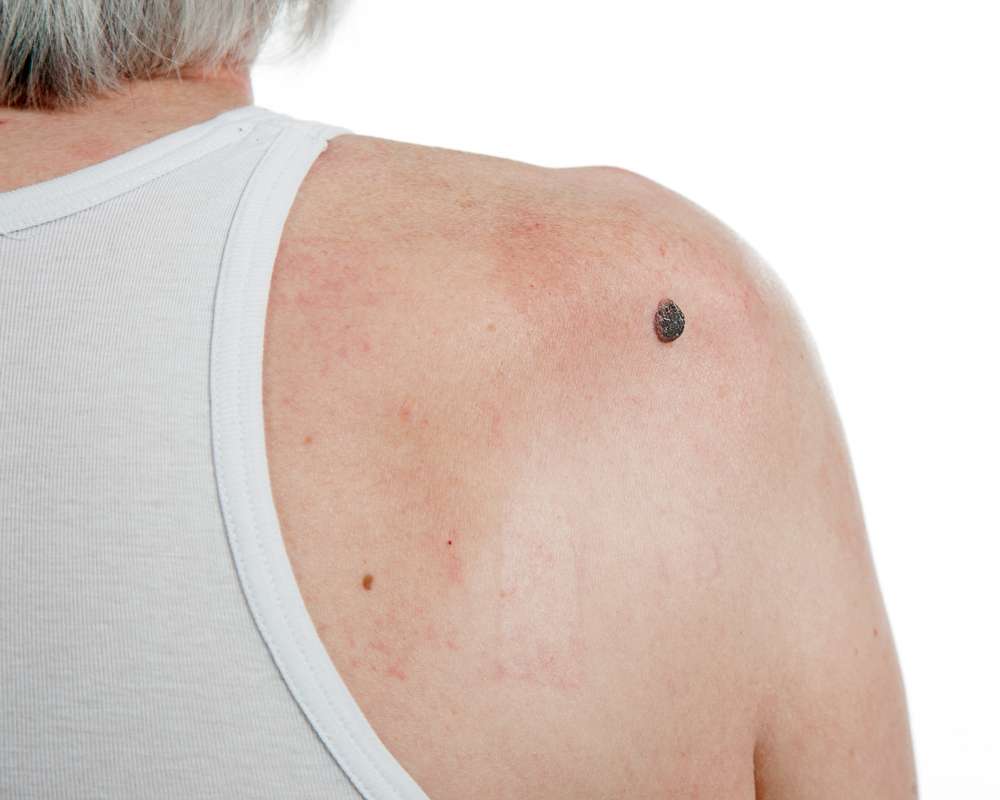Understanding Skin Cancer and Melanoma: Signs and Care
Skin cancer is one of the most common cancers worldwide, with various types that range from slow-growing to potentially aggressive. Early recognition of unusual spots, persistent sores, or changing moles helps with timely diagnosis and treatment. This article explains how to recognize warning signs, the role of dermatology, and practical steps to reduce risk and protect your skin.

This article is for informational purposes only and should not be considered medical advice. Please consult a qualified healthcare professional for personalized guidance and treatment.
What is skin cancer?
Skin cancer occurs when skin cells grow abnormally and uncontrollably, usually after DNA damage from ultraviolet (UV) radiation. The most common types include basal cell carcinoma and squamous cell carcinoma; melanoma is less common but more likely to spread. Risk factors include fair skin, a history of significant sunburn, frequent tanning bed use, a high number of moles, and a family history of skin cancer. Understanding these basics helps prioritize regular skin checks and sun protection.
How should you check moles?
Regular self-examination of moles can detect changes early. Use the ABCDE approach: Asymmetry, Border irregularity, Color variation, Diameter greater than 6 mm, and Evolving shape or size. Also note itching, bleeding, or new raised areas. Photographing moles and comparing over time is useful. If you notice any of these signs or sudden changes in a mole, schedule an evaluation with a dermatologist or your primary care provider for professional assessment.
Does sunburn increase skin cancer risk?
Yes. Sunburn indicates skin injury from UV radiation and is linked to higher long-term risk of both melanoma and non-melanoma skin cancers. Repeated sunburns, especially in childhood or adolescence, raise lifetime risk. Sun-protective measures include using broad-spectrum sunscreen with at least SPF 30, wearing sun-protective clothing and wide-brimmed hats, seeking shade during peak UV hours, and avoiding tanning beds. Reducing cumulative UV exposure is one of the most effective prevention strategies.
What is dermatology’s role in diagnosis and care?
Dermatology specialists assess suspicious lesions using visual exams and tools like dermoscopy to examine pigment pattern and structure. If a lesion looks concerning, a dermatologist performs a biopsy to obtain a tissue diagnosis. Treatment options depend on the type and stage: simple excision for many early cancers, Mohs micrographic surgery for certain high-risk or facial tumors, topical therapies for superficial lesions, and systemic treatments for advanced melanoma. Follow-up care often includes periodic skin checks and education on prevention.
How to recognize melanoma specifically?
Melanoma arises from pigment-producing melanocytes and can progress rapidly. Key signs include a mole that follows the ABCDE pattern, a new dark spot on adult skin, or a changing lesion that bleeds or becomes tender. Melanomas can appear anywhere on the body, including areas not regularly exposed to the sun. Early-stage melanoma may be cured with surgical removal; advanced melanoma may require targeted therapies or immunotherapy. Prompt evaluation of suspicious lesions increases the chance of effective treatment.
Conclusion
Understanding skin cancer and melanoma involves recognizing risk factors, monitoring moles and other skin changes, minimizing sunburns and UV exposure, and engaging dermatology services when needed. Routine self-exams and professional skin checks are complementary: self-monitoring can prompt timely medical review, while dermatologists provide definitive diagnosis and treatment planning. Staying informed about protective habits and the signs that require assessment helps manage risk without creating unnecessary alarm.






